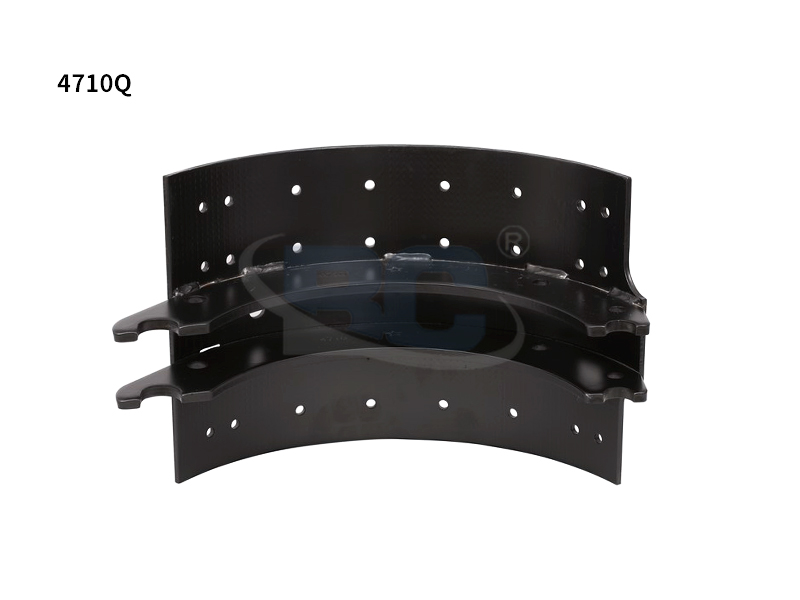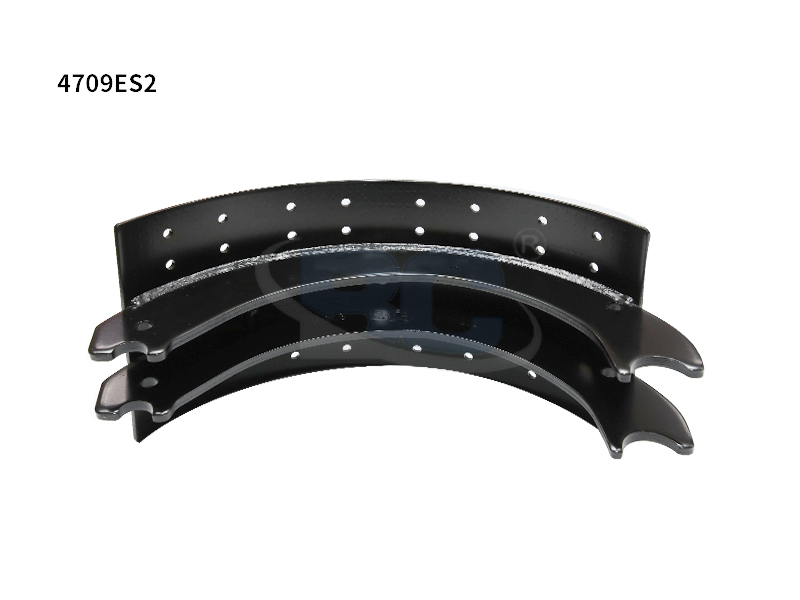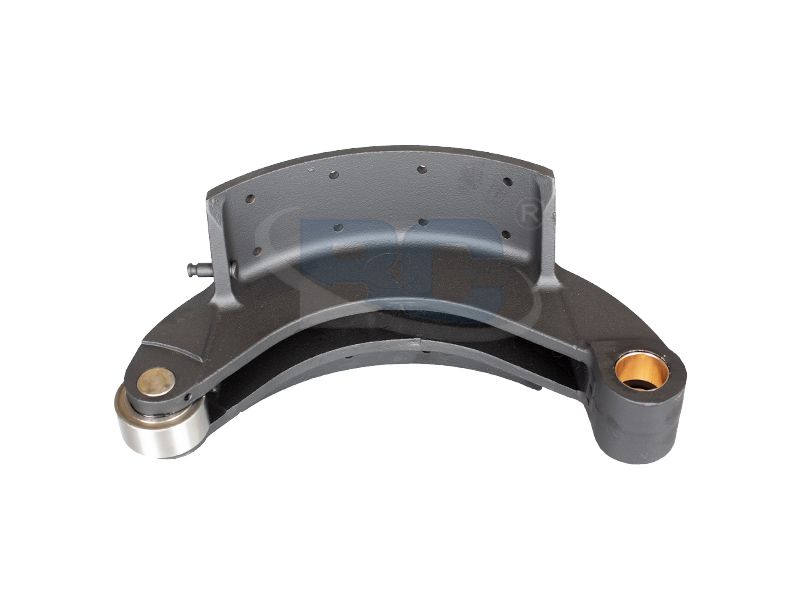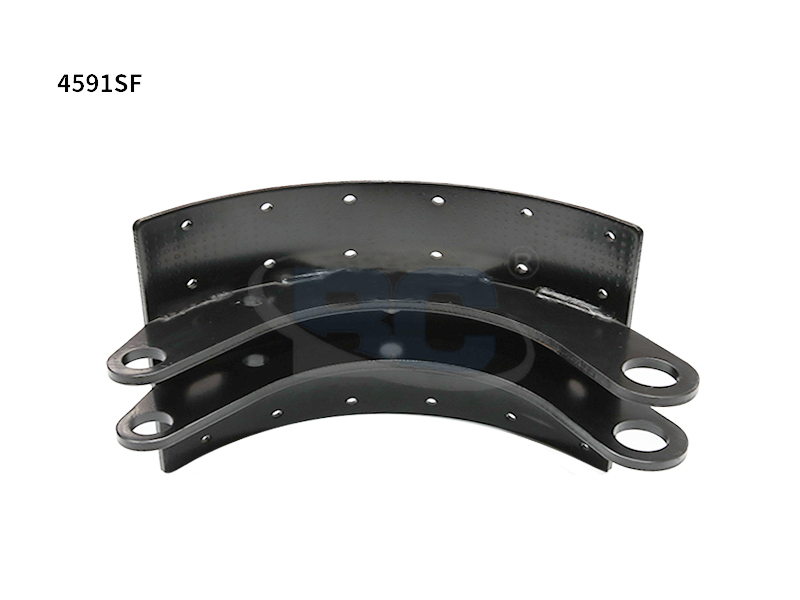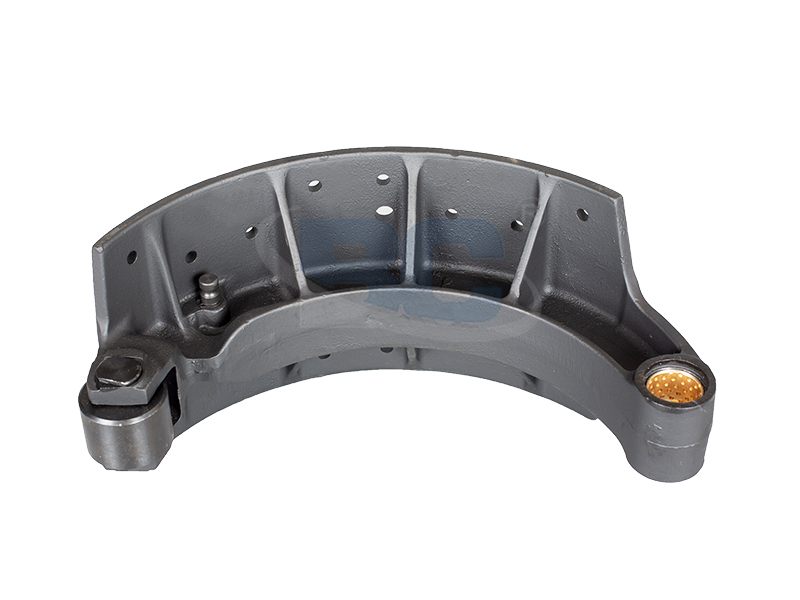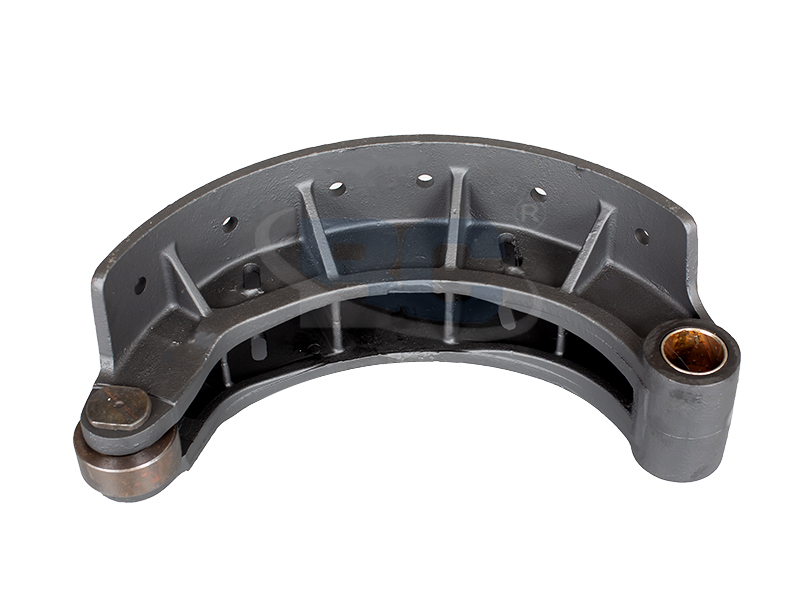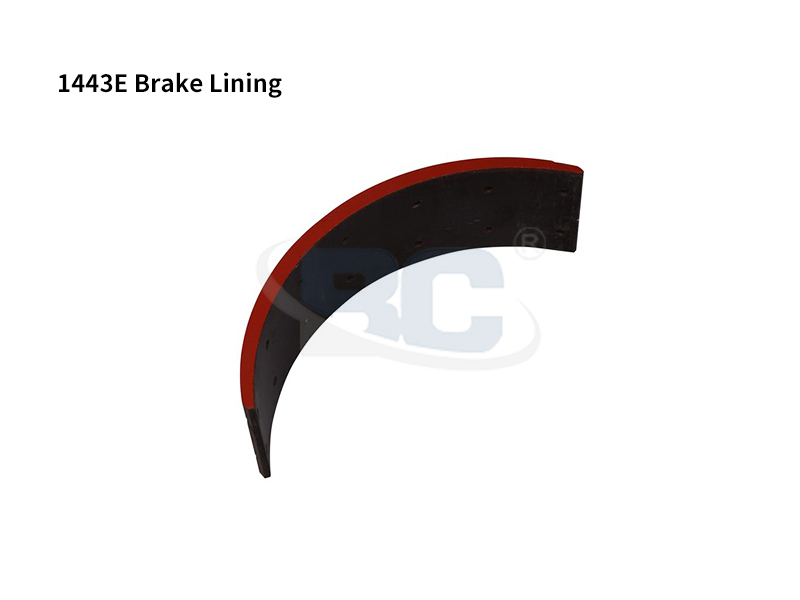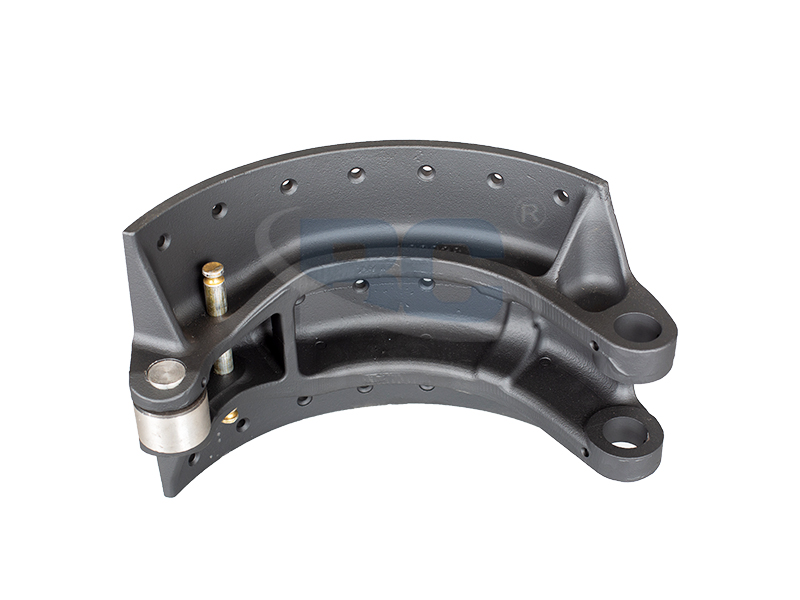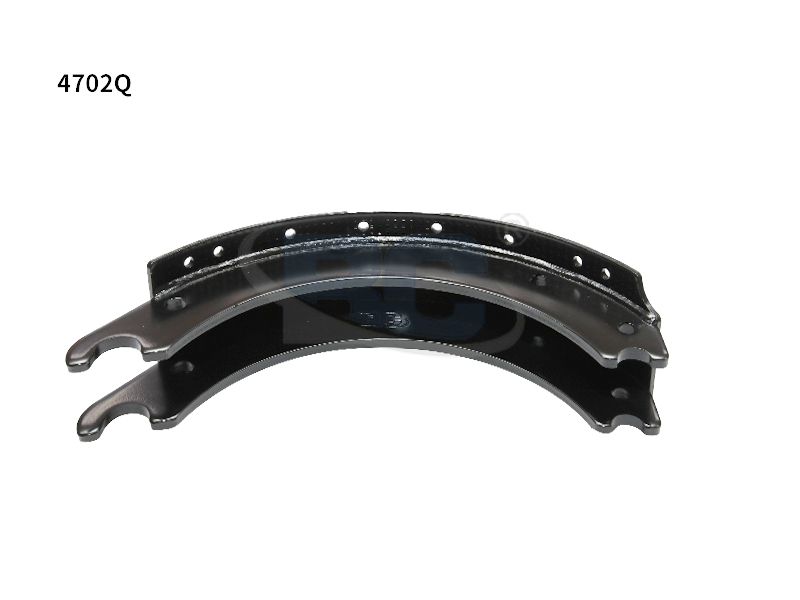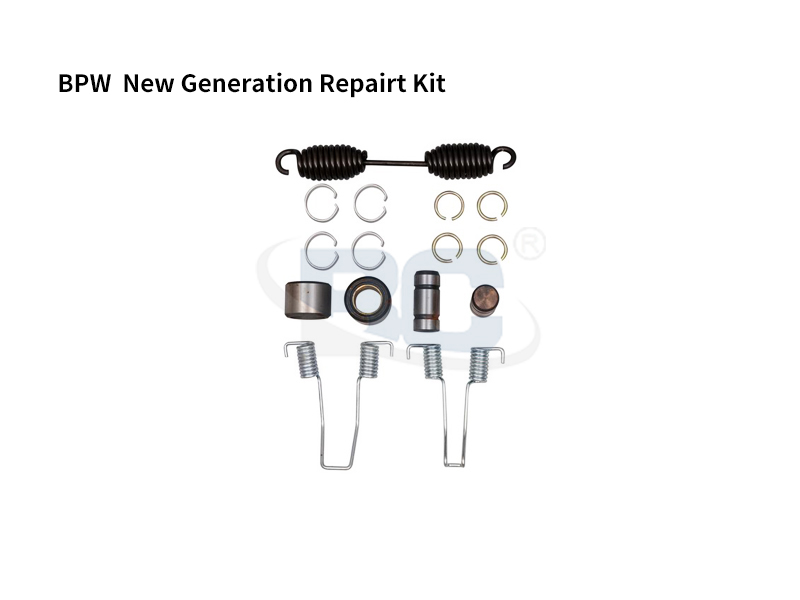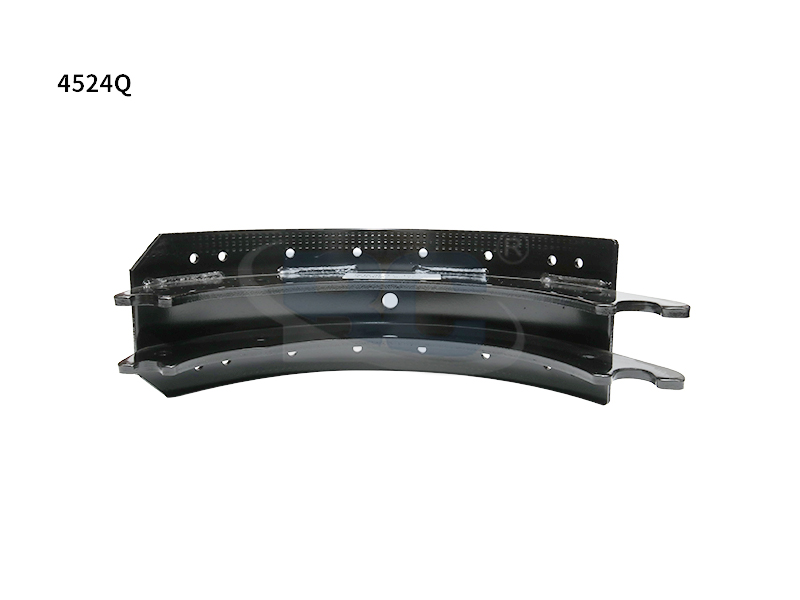Cast brake shoe assemblies are designed to provide excellent braking performance and low weight. These shoes have raised tabs, parting ridges, and a cavity for the drag, cope, and table sections. The perforations and raised tabs on casted shoes are responsible for the interlocking engagement between these elements. In some cases, the friction material can move within the perforation to improve braking performance. The following discussion provides information on casted brake shoe assembly design.
The casting process involves a process called coining. This step allows the brake lining to be placed directly on the brake shoe's surface, reducing cost and production time. In addition, the process also eliminates the need to machine the outer table section. As the name suggests, the friction material is poured through the coining and straightening process. Once cooled, the shoe is then ready for use. After the mold assembly, it undergoes heat treatment to harden the metal and remove it from the mold.
The first brake shoe assembly was composed of a tapered tubular member. A solid unit was then fastened into the axle end of the wheel. The axial curvature of the table section was parallel to the parting plane of the mold sections. The casted shoe's lightweight construction also makes it more convenient to manufacture. In general, a cast brake shoe is stronger and less expensive than its tubular counterpart.
The new Matrix NeoCast 4707Q is a light-weight cast iron brake shoe. The brake shoe consists of a backing plate 16 and a lining 17. A threaded fastener 14 attaches the two parts. The shoes are typically actuated by a hydraulic cylinder actuator. This mechanism is responsible for producing the braking force that is required by the car.
The present invention relates to a brake shoe casting method. The curved table section comprises a table with a substantially parallel axis to the parting plane of the mold. The rib section has at least one rib and a shaped outer surface. The rib section is arranged between the two sections to reduce the brake noise. Moreover, the forming wall is longer than the outer surface 16 and carries more weight than the brake.
During the process of casting brake shoes, the table section is shaped into an unfinished shape. The curved table section has a chamfered surface. The finished curved surface of a brake shoe has to be suitable for mounting a brake lining. This means that the table section mold cavities must be drafted in both the drag and cope sections of the mold assembly. The Web contains slots and holes for hold-down hardware.
A brake shoe is made with a curved table section. The curved table section is the main structural part of the brake shoe. The rim and backing plate are connected by a tapered cavity. The curved table section is positioned over the rim. The curved outer surface has a flat surface. The cast brake shoe is then formed with a new rib and a curved table section.
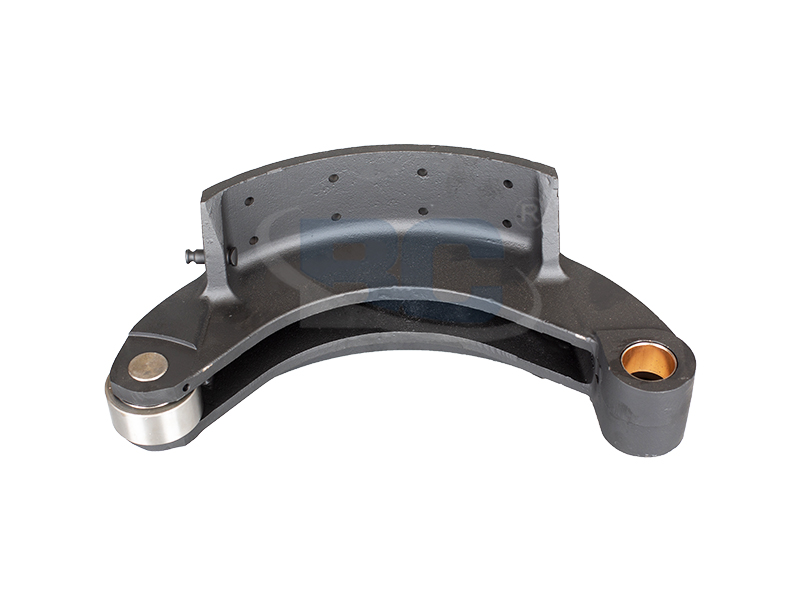

 English
English 简体中文
简体中文